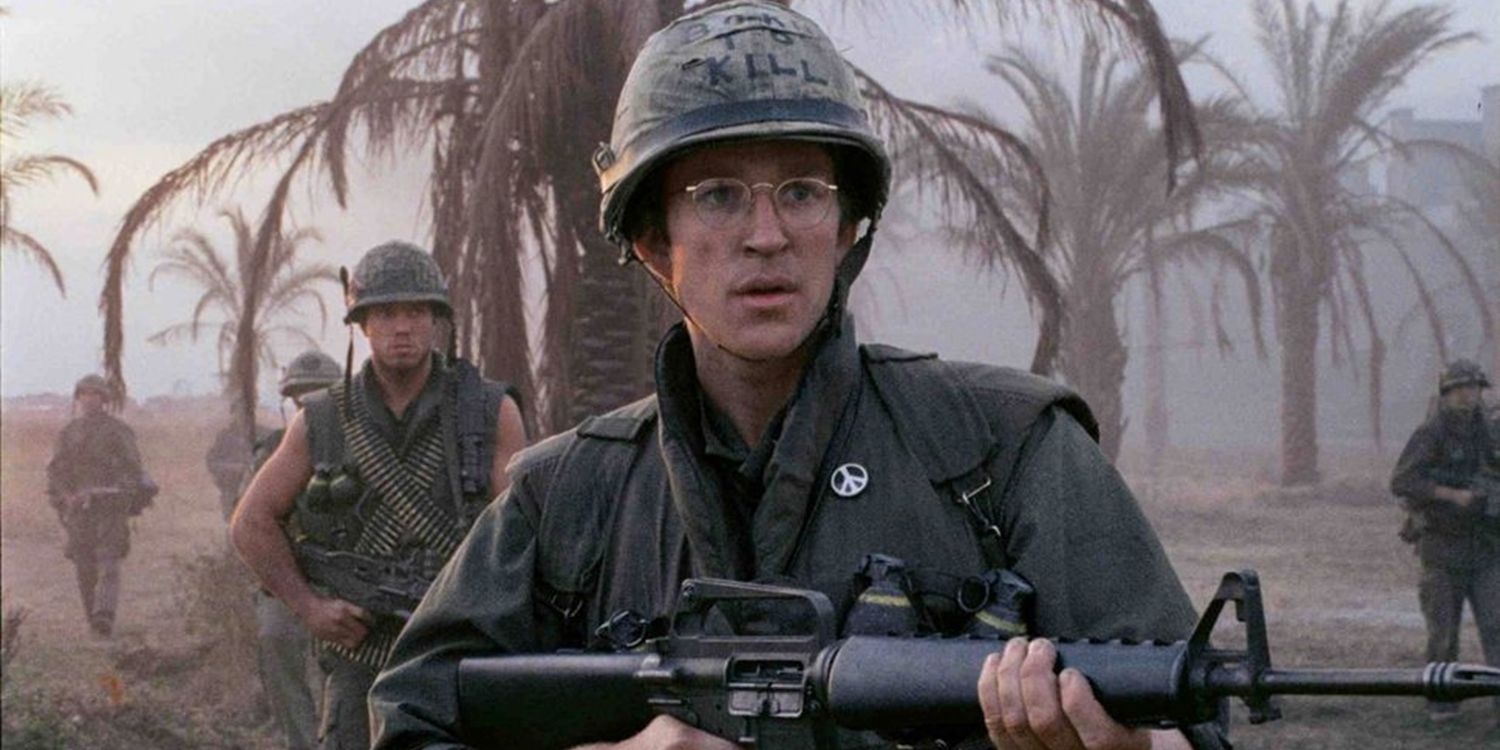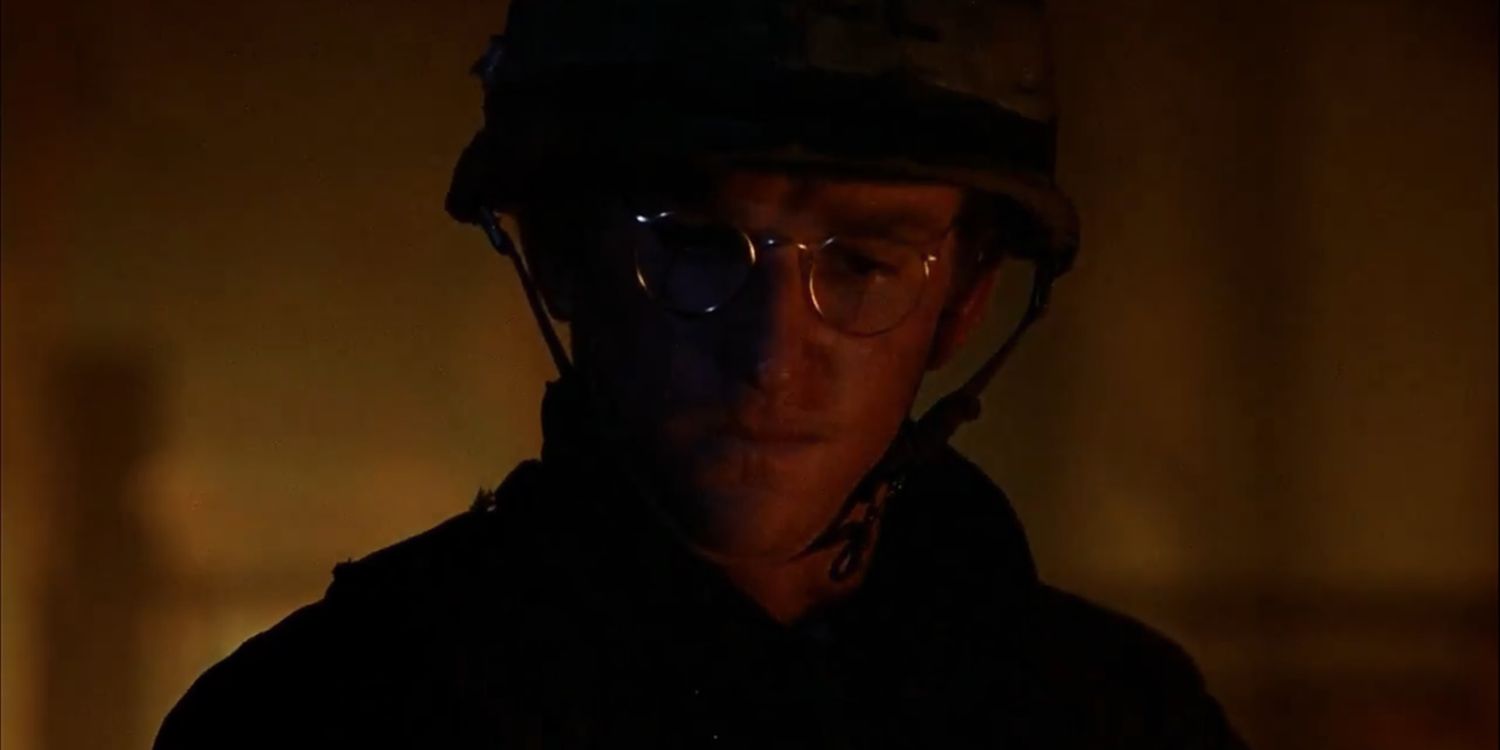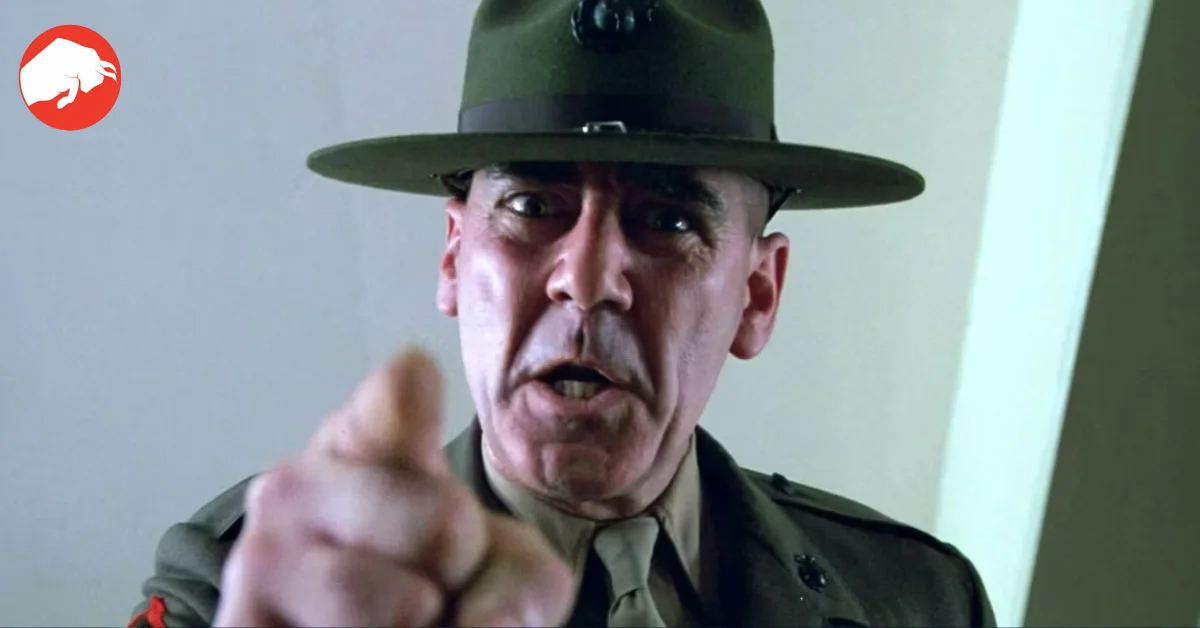The Vietnam War is an era scarred with controversies, polarizing opinions, and haunting memories for the many who lived through it. Yet, it’s a backdrop against which legendary filmmaker Stanley Kubrick painted one of his most profound masterpieces: Full Metal Jacket. While the film has carved its own place in cinema history for its evocative storytelling and realistic portrayal of warfare, there’s often a lingering question: How much of it was inspired by real events?
Crafting a Haunting Tale from Reality
Matthew Modine’s portrayal of Private J.T. “Joker” Davis is unforgettable. His descent from a witty, sharp-tongued recruit to a traumatised soldier is visceral. As viewers journey alongside Joker, the Vietnam War comes alive with all its harrowing details. But what truly anchors this film’s narrative in reality?
R. Lee Ermey’s role as Gunnery Sergeant Hartman is one that’s etched in the annals of cinema. His genuine Marine background and improvised dialogue infused the character with unparalleled authenticity. Yet, it’s the deeply unsettling climax, where Joker’s morals are put to the test against a teenage sniper, that has many wondering if such horrifying incidents were drawn from the pages of history.

Gleaning Insights from Authentic Sources
The film’s roots trace back to “The Short-Timers,” a semi-autobiographical novel penned by U.S. Marine Corps veteran Gustav Hasford. His firsthand experience with the 1st Marine Division during the Vietnam War provided a solid foundation for Kubrick’s vision. Hasford collaborated with Kubrick and Michael Herr, another war correspondent, to adapt his novel for the silver screen.
The narrative arch of Joker, starting from his initial days under the stern gaze of a drill sergeant to his eventual confrontation with the realities of war, mirrors that of the book. While Hasford did take creative liberties in sketching out the major events in his novel, the essence is distilled from his very own war experiences.

Distinguishing Fact from Fiction
Among the myriad of incidents portrayed in the film, the Tet Offensive stands out. This surprise assault launched by the Viet Cong and North Vietnamese People’s Army of Vietnam on January 30, 1968, has been historically acknowledged for its significance. Planned during Vietnam’s Lunar New Year festival, it caught the South Vietnamese Army of the Republic of Vietnam off-guard, given most personnel were celebrating the festival. Full Metal Jacket delves deep into this event, specifically through the prism of Joker’s involvement in the Battle of Huế.
In conclusion, Stanley Kubrick’s Full Metal Jacket is not just a product of creative storytelling. It’s a tapestry where strands of real events are seamlessly woven with fictional elements. It serves as a poignant reminder that even in the face of war’s extreme adversities, human stories of courage, conflict, and resilience shine through.









